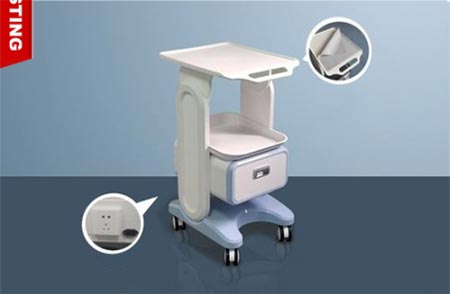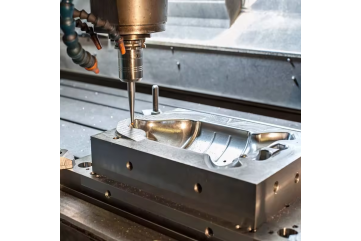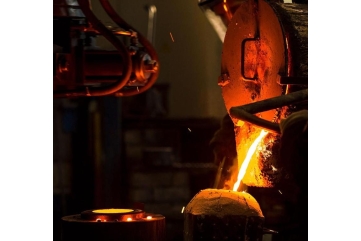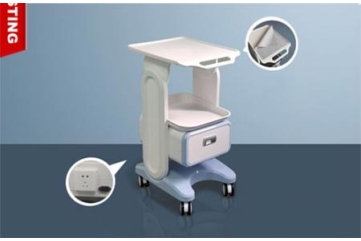What is the difference between die casting and normal casting?
Die casting and normal casting (also known as traditional or conventional casting) are both manufacturing processes used to create metal parts, but they differ in several key aspects. Here are the main differences:
1. Mold Type:
– Die Casting: Uses metal molds (dies) made of tool steel.
– Normal Casting: Uses disposable molds typically made of sand, ceramic, or plaster.
2. Process:
– Die Casting: Molten metal is injected into a metal mold under high pressure.
– Normal Casting: Molten metal is poured into a mold using gravity or low pressure.
3. Production Speed:
– Die Casting: Faster production rates, suitable for high-volume manufacturing.
– Normal Casting: Generally slower, more suitable for lower volume or custom parts.
4. Part Complexity:
– Die Casting: Can produce more complex parts with finer details and thinner walls.
– Normal Casting: Limited in complexity and minimum wall thickness.
5. Surface Finish:
– Die Casting: Produces parts with smoother surfaces and better dimensional accuracy.
– Normal Casting: Typically results in rougher surfaces that may require more finishing.
6. Material Options:
– Die Casting: Limited to non-ferrous metals with lower melting points (e.g., aluminum, zinc, magnesium).
– Normal Casting: Can be used with a wider range of metals, including ferrous metals.
7. Tooling Costs:
– Die Casting: Higher initial tooling costs due to the need for precision metal molds.
– Normal Casting: Lower initial tooling costs, especially for sand casting.
8. Part Size:
– Die Casting: Generally limited to smaller parts due to machine size constraints.
– Normal Casting: Can produce larger parts, with some methods capable of very large castings.
9. Porosity:
– Die Casting: Generally results in less porosity due to high pressure injection.
– Normal Casting: May have higher porosity, especially in gravity-fed methods.
10. Production Volume:
– Die Casting: Economical for high-volume production runs.
– Normal Casting: More cost-effective for low to medium volume production or prototyping.
11. Mold Lifespan:
– Die Casting: Metal molds can last for thousands of cycles.
– Normal Casting: Molds are often single-use (sand casting) or have limited reusability.
Each method has its advantages and is chosen based on factors such as part design, material requirements, production volume, and cost considerations.





